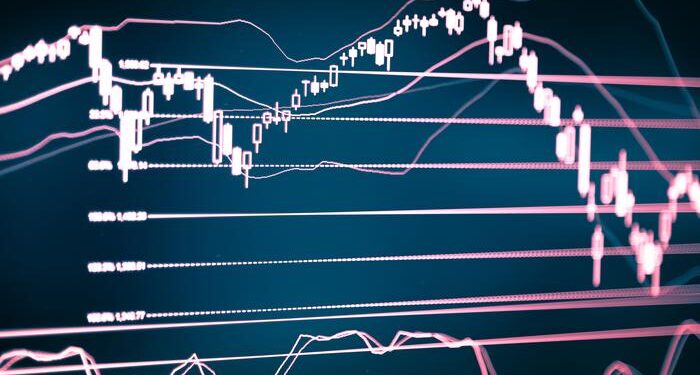If you’re a trader, then it’s important to know which trading indicators are most effective for you. There are many different types of indicators, and each one can be used in a different way. In this guide, we will discuss the essential trading indicators that every trader should know. We’ll also provide tips on how to use these indicators to create profitable trading strategies. So whether you’re just getting started in the world of trading or you’re looking for new ways to improve your results, read on for the essential information!
Head And Shoulders
A head and shoulders pattern or 헤드앤숄더 패턴 is a bearish reversal pattern that forms after an uptrend. It is composed of three successive peaks, with the middle peak being the highest and the two side peaks being lower. The pattern gets its name from the fact that it resembles a human head and shoulders. A head and shoulders pattern signals that the uptrend is coming to an end and that the stock price is likely to fall.
The neckline is a key level to watch when trading a head and shoulders pattern. The neckline is formed by drawing a line connecting the two lows of the two side peaks. The neckline acts as a support level during an uptrend. When the stock price breaks below the neckline, it signals that the uptrend has reversed and that the stock price is likely to continue falling.
The head and shoulders pattern is one of the most reliable trading indicators. If you see this pattern forming on a stock chart, it’s a good idea to take profits or tighten your stop loss. This pattern can also be used to trade other assets such as commodities, currencies, and even cryptocurrencies.
Moving average (MA)
A moving average is a technical indicator that shows the average price of a security over a given period of time. MAs are popular among traders because they can be used to identify trends, support and resistance levels, and even buy and sell signals. There are many different types of moving averages, but the most common are the simple moving average (SMA) and the exponential moving average (EMA).
The SMA is calculated by adding up the closing prices of a security over a given period of time and then dividing by the number of periods. The EMA is similar, but it gives more weight to recent data points. Both types of moving averages are lagging indicators, which means they don’t predict future price movements, but rather show trends that have already begun.
MAs are commonly used to identify support and resistance levels. A support level is where the price tends to find buyers and stop falling. A resistance level is where the price tends to find sellers and stop rising. MAs can also be used to generate buy and sell signals. A buy signal occurs when the price crosses above the MA, and a sell signal occurs when the price crosses below the MA.
Exponential moving average (EMA)
An exponential moving average (EMA) is a type of moving average that gives more weight to recent data points. The EMA is calculated by adding a certain percentage of the current price to the previous EMA. The percentage is based on the length of the EMA, with longer EMAs giving less weight to recent data points.
EMAs are lagging indicators, which means they don’t predict future price movements, but rather show trends that have already begun. EMAs are commonly used to identify support and resistance levels. A support level is where the price tends to find buyers and stop falling. A resistance level is where the price tends to find sellers and stop rising. EMAs can also be used to generate buy and sell signals. A buy signal occurs when the price crosses above the EMA, and a sell signal occurs when the price crosses below the EMA.
Stochastic oscillator
The stochastic oscillator is a technical indicator that measures the momentum of a security. The oscillator ranges from 0 to 100, with readings below 20 indicating oversold conditions and readings above 80 indicating overbought conditions.
The stochastic oscillator is a lagging indicator, which means it doesn’t predict future price movements, but rather shows trends that have already begun. The indicator can be used to generate buy and sell signals. A buy signal occurs when the %K line crosses above the %D line, and a sell signal occurs when the %K line crosses below the %D line.
The stochastic oscillator is a popular indicator among traders because it is relatively easy to interpret and can be used in conjunction with other technical indicators to form a trading strategy.












Thanks for sharing. I read many of your blog posts, cool, your blog is very good.